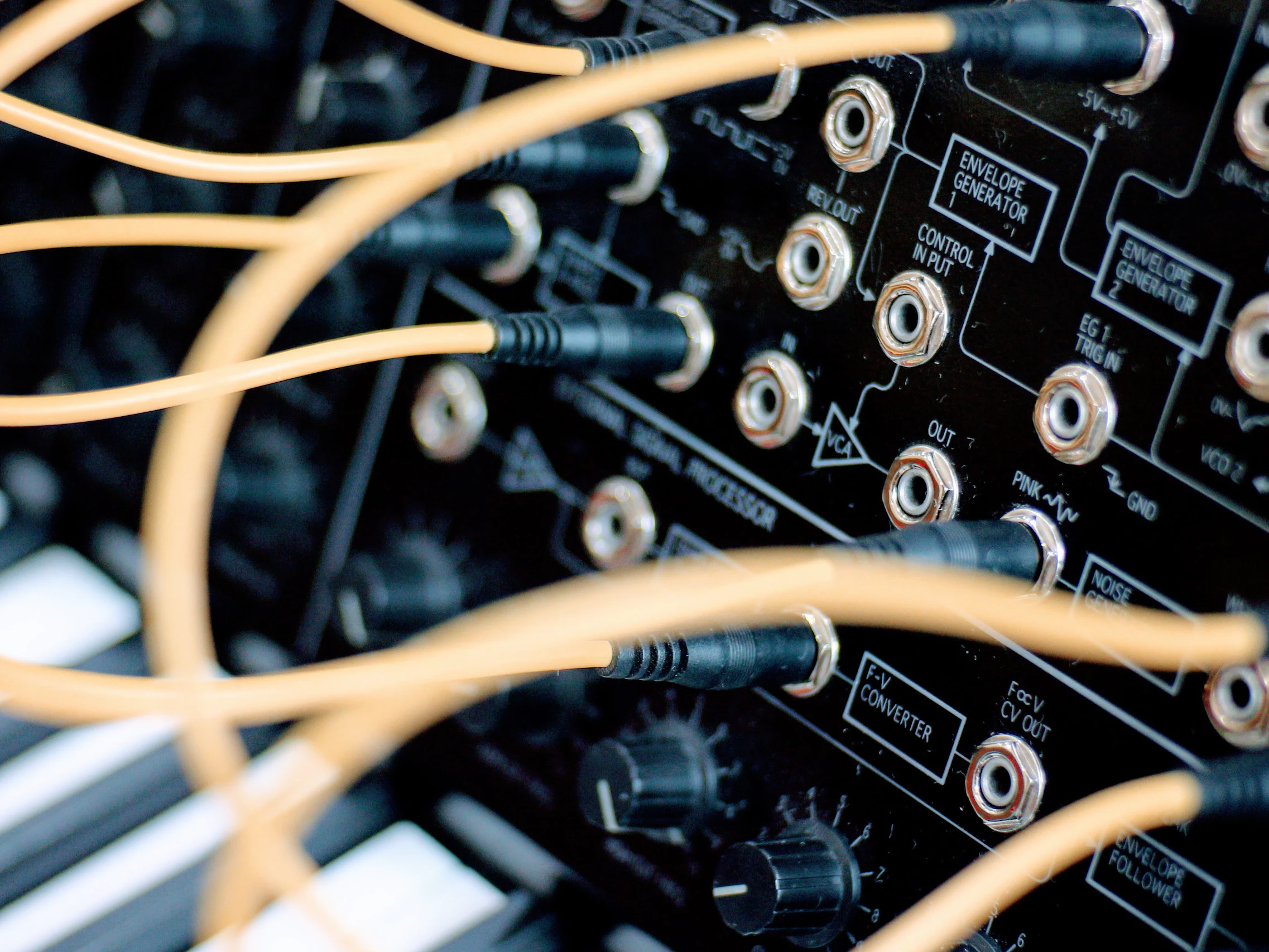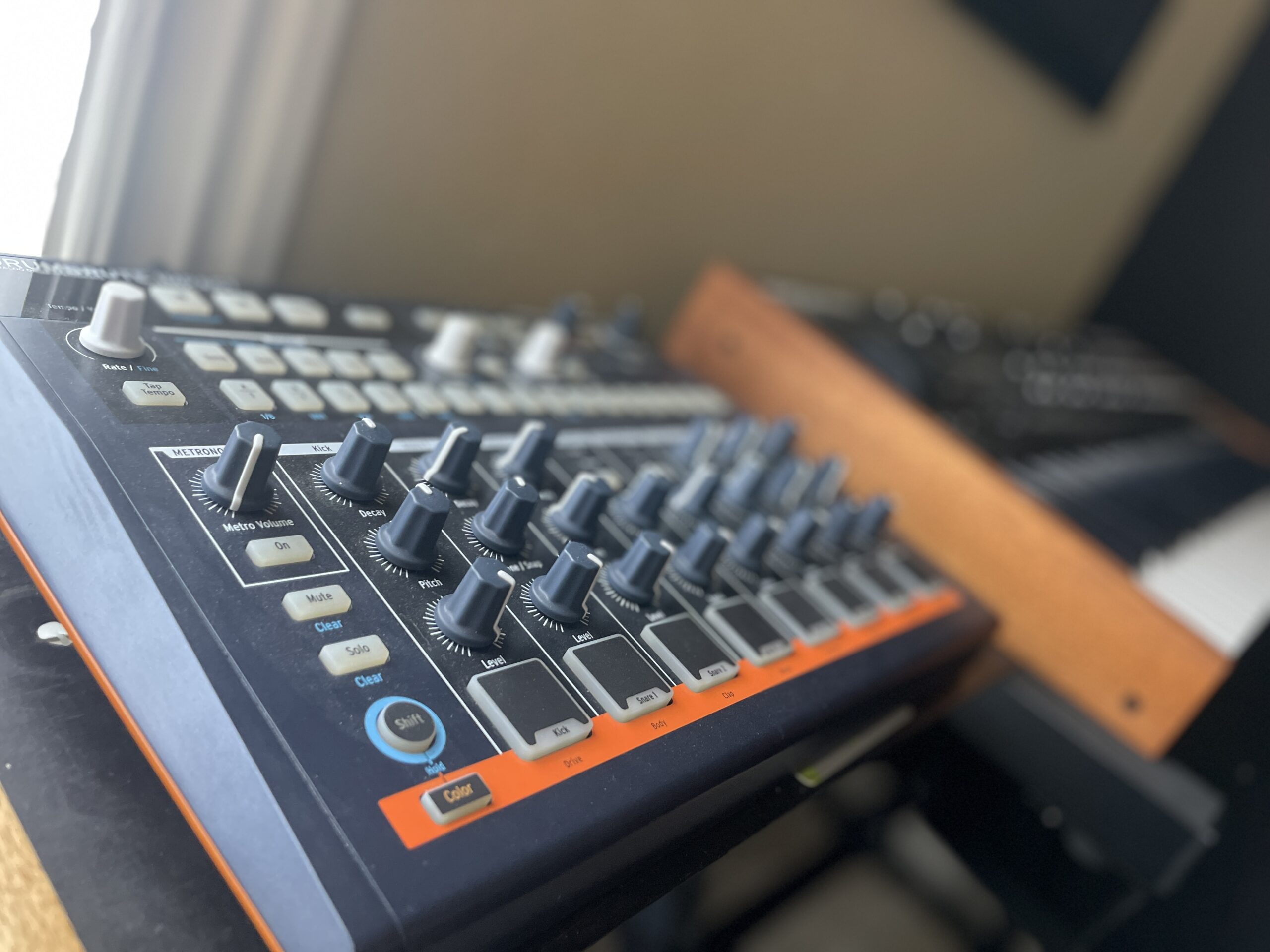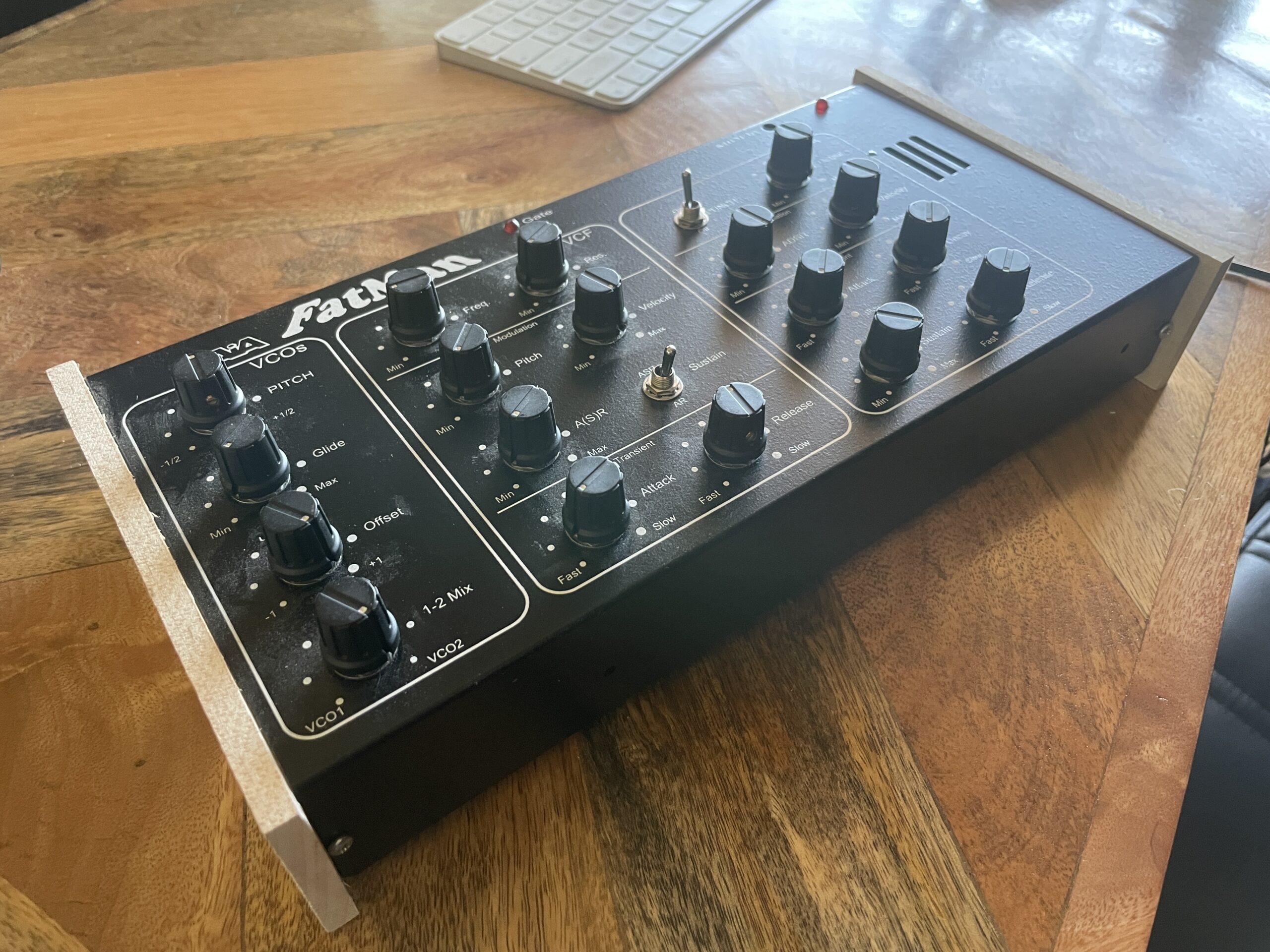Synthesizers have been an integral part of the music industry for decades, shaping the sound of various music genres and giving rise to new ones. Few names are as synonymous with this evolution as Korg. Founded in 1962, Korg has been at the forefront of synthesizer technology, pushing the boundaries of innovation and performance. In this blog post, we’ll take a journey through the rich history of Korg synthesizers, from their humble beginnings to their latest groundbreaking models.
Part 1: The Early Years (1960s-1970s)
Korg’s story begins in Japan in 1962 when Tsutomu Kato and Tadashi Osanai founded Keio Electronic Laboratories, the predecessor to Korg Inc. Their first product was the DoncaMatic DA-20, an electro-mechanical rhythm machine. However, it wasn’t until 1967 that Korg released its first synthesizer, the Prototype I. With a simple monophonic design, this groundbreaking instrument set the stage for Korg’s future innovation in the synthesizer world.
In 1973, Korg released the MiniKorg 700, their first commercially available synthesizer. Compact and affordable, it gained popularity among musicians and paved the way for Korg’s future success. Two years later, the company introduced the Maxi-Korg 800DV, a dual-oscillator monophonic synth that became a favorite among progressive rock and electronic musicians.
Part 2: The Rise of the Polyphonic Synthesizers (1980s)
The 1980s witnessed the rise of polyphonic synthesizers, and Korg was at the forefront of this revolution. In 1981, Korg released the iconic Polysix, their first six-voice programmable polyphonic synthesizer. Known for its lush strings, pads, and brass sounds, the Polysix became an instant classic.
In 1983, Korg took another leap forward with the release of the Korg Poly-800, a compact, battery-powered, eight-voice synthesizer. The Poly-800 featured digital oscillators and analog filters, making it an affordable and portable option for many musicians.
Part 3: The Digital Age (Late 1980s – 1990s)
As the synthesizer market shifted towards digital technology in the late ’80s, Korg was quick to adapt. In 1988, they released the M1, a groundbreaking workstation synthesizer. Combining a digital synth engine with a built-in sequencer and sampler, the M1 became one of the best-selling synths of all time.
The 1990s saw the release of more innovative Korg workstations, such as the Trinity (1995) and the Triton (1999). These powerful machines featured advanced synthesis engines, extensive sequencing capabilities, and user-friendly interfaces, solidifying Korg’s reputation as a leading innovator in the world of digital synthesizers.
Part 4: The New Millennium (2000s – Present)
In the new millennium, Korg continued to push the boundaries of synthesizer technology. The company released several notable models, such as the microKORG (2002), a compact and versatile virtual analog synth, and the Korg Radias (2006), a powerful and flexible virtual analog synthesizer with advanced sequencing and modulation capabilities.
In recent years, Korg has also focused on reviving classic synthesizers in updated, modern forms. The Korg ARP Odyssey (2015) is a reissue of the legendary 1970s ARP Odyssey, while the Korg Minilogue (2016) and Korg Prologue (2018) are powerful analog synthesizers wrapped in a retro-inspired body. This successful new line of analog synths was followed by the Korg Monologue, a mono synth with similar wood-backed panels and straightforward control surfaces.
Korg has always held a firm place in the world of synths, and it continues to hold it’s own, building a fervent community of music production fans that continue to use the products in their projects.



